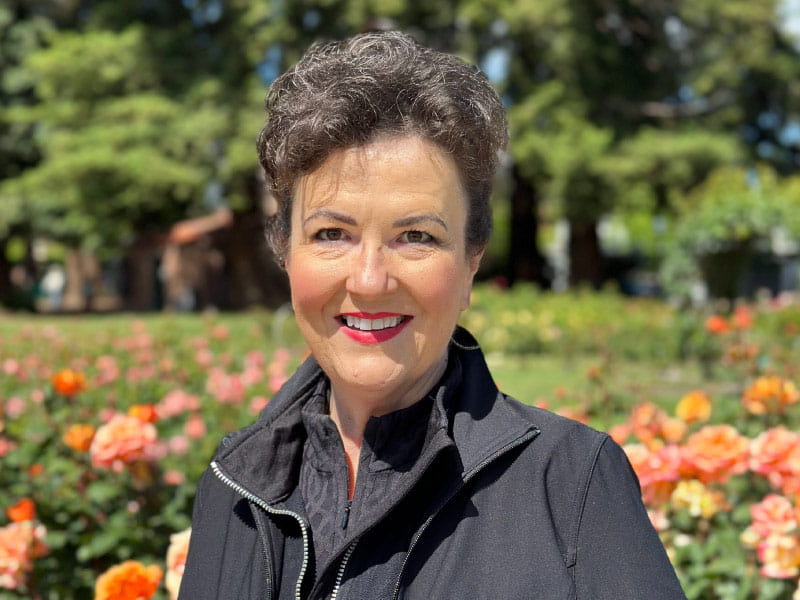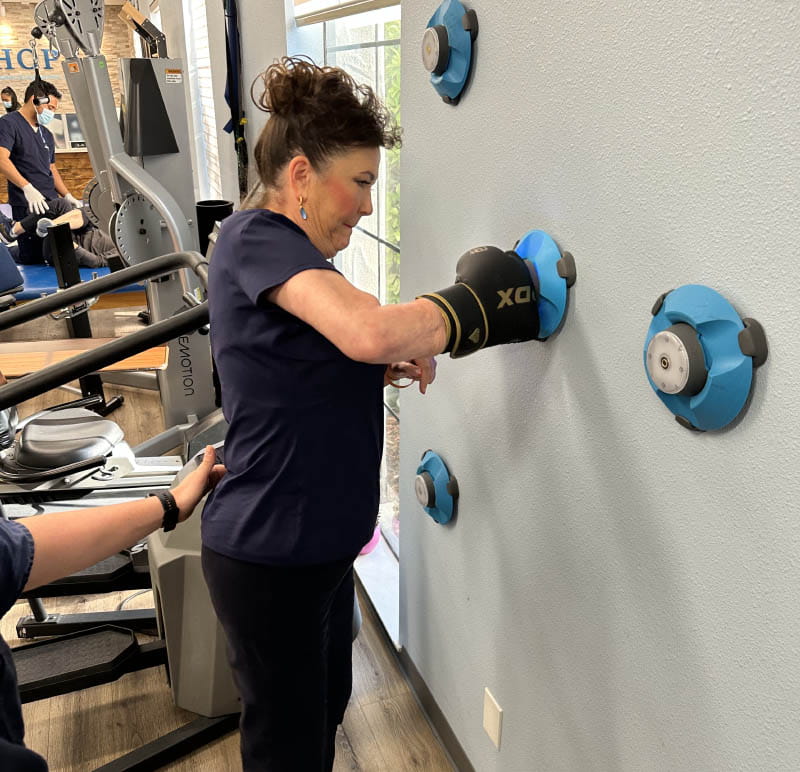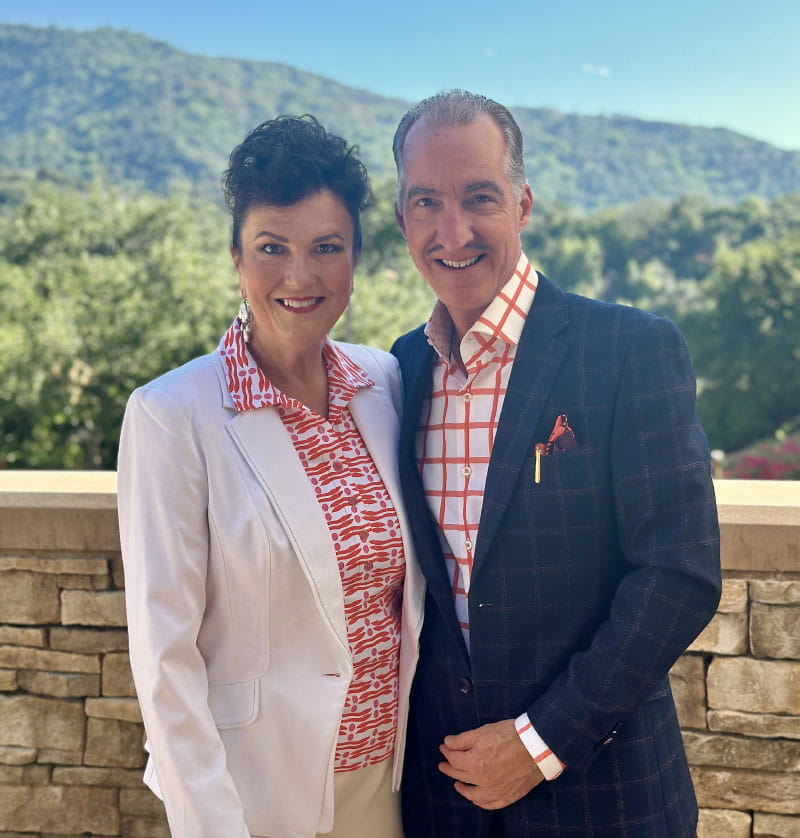Stroke survivor went from using a wheelchair to walking again, and started a nonprofit
By Deborah Lynn Blumberg, American Heart Association News

Eight years ago, Deb Shaw stepped into the shower of her home in Los Gatos, California, and her vision blurred. She wobbled, fell and hit her head on the shower bench. Minutes later, she woke up on the floor.
Her head throbbed. Deb's husband, Bob Shaw, was out of town for work. Her 90-year-old father-in-law, Dale Shaw, was visiting. Deb couldn't move her right hand, and her right leg wasn't working either. With her left hand, she pulled herself up the shower wall. She shut off the water and reached for her robe.
"Dale, help!" Deb called out.
When Dale arrived, Deb was able to wiggle her right hand and leg. Dale called 911. In the emergency room, images of her brain showed Deb had a concussion. Slowly, she regained feeling and movement on the right side of her body.
Deb went home to rest and recover. Three days later, Deb woke up on a Monday morning and couldn't move. But she didn't panic.
Since the same thing had just happened, she told herself it would resolve on its own. She simply needed to rest and get better.
Except Bob arrived home soon after. Finding Deb immobile in bed, he said: "We have to go to the ER!" He called 911.
Back in the same ER, more brain imaging showed she'd had an ischemic stroke. It's one that happens when a vessel that delivers blood to the brain gets obstructed. Deb's stroke happened in her brain stem, a part of the brain that controls basic bodily functions like blood pressure and breathing.
Unlike Deb's previous episode that left her with a concussion, the feeling in her limbs didn't return right away.
Deb stayed in the hospital for five weeks and she had to learn to walk again. Physical therapy helped her move from using a wheelchair to a walker. Finally, Deb walked on her own again.
Two months later, Deb was at a checkup with her primary care doctor. During the appointment, her speech started to slur and she couldn't answer basic questions. It was another stroke.
Luckily, the office was across the street from the ER. Deb got care quickly enough that she was able to receive a clot-busting medication.
However, this second stroke set her back. She was in a wheelchair again.
For the next three years – six days a week, five hours a day – Deb did physical and occupational therapy, plus therapies like cranial acupuncture and water therapy. She went from a wheelchair to a walker, and then to a cane. Eventually she was walking on uneven surfaces leaning on Bob's arm.

One evening after dinner out, Deb unlocked the front door as Bob pulled their car into the garage. Deb's vision blurred and everything went black. She fell and hit her head.
Deb had another stroke and another concussion.
After this stroke, Deb developed a condition known as macular edema, where fluid builds up in the retina because the barrier that normally keeps blood out is weakened. This allows parts of the blood, like plasma, to leak into the retina around it, leading to swelling called retinal edema.
She started taking a double dose of blood thinners to help prevent future clots.
Now, Deb gets eye injections to correct her blurred vision, and her right side is still weak from the strokes. She walks with a brace on her right ankle, does exercises to strengthen her grip, and takes balance classes.
Deb knows another stroke is possible. But she works hard to stay healthy, eats well and exercises. She keeps close tabs on her heart rate, cholesterol and blood pressure, too. "When you know your numbers, you can work at staying healthier," Deb said.
Two years after her last stroke, Deb and Bob started a nonprofit to help fellow survivors and their families. Champion the Challenges brings Bay Area stroke survivors together for free events where survivors can engage in creative activities that exercise their body and brain.

At the nonprofit's annual golf event at a San Jose golf course, survivors and a family member do assisted golfing, with PGA teaching pros and therapists helping participants stay balanced. It helps survivors with strength, balance and flexibility. Attendees also learn about new stroke recovery services and technologies.
The charity also writes and distributes booklets that outline easy exercises and activities families can do together between therapy sessions. For example, survivors can count the number of red lights on the way to the grocery store or read highway signs during a road trip, exercises that are helpful for survivors who have trouble communicating.
"We started the foundation to inspire survivors to live their best life now," Deb said. "It's about knowing that you're not alone after your stroke."
Stories From the Heart chronicles the inspiring journeys of heart disease and stroke survivors, caregivers and advocates.





